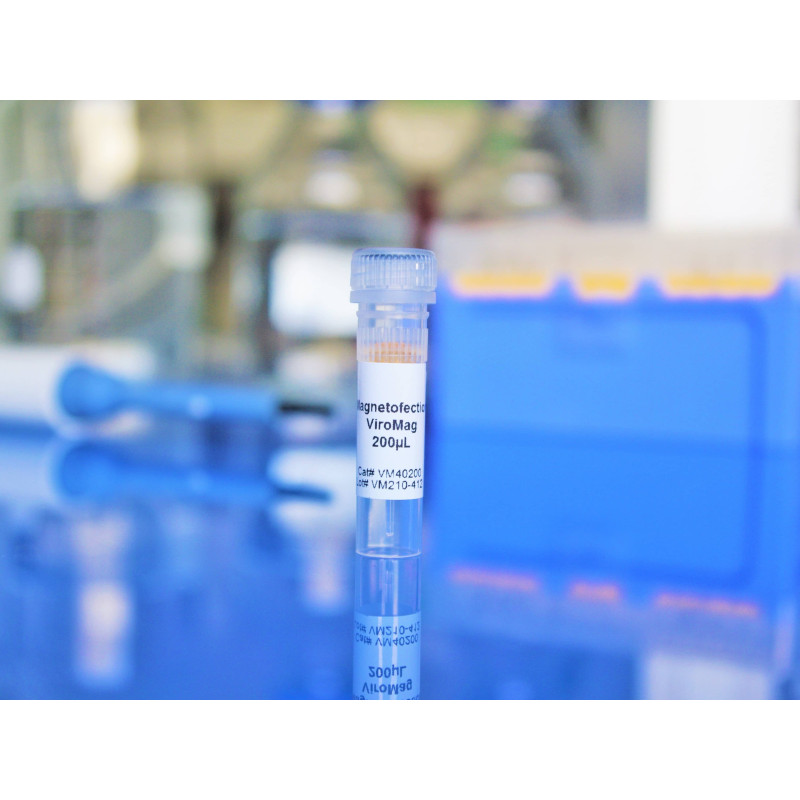
VIROMAG 100 MAGNETIC TRANSDUCTION REAGENT
VM40100
Product group Molecular Biology
Overview
- SupplierOZ Biosciences
- Product NameVIROMAG 100 MAGNETIC TRANSDUCTION REAGENT
- Delivery Days Customer5
- CertificationResearch Use Only
- Storage Instruction2°C to 8°C
- UNSPSC41116133
